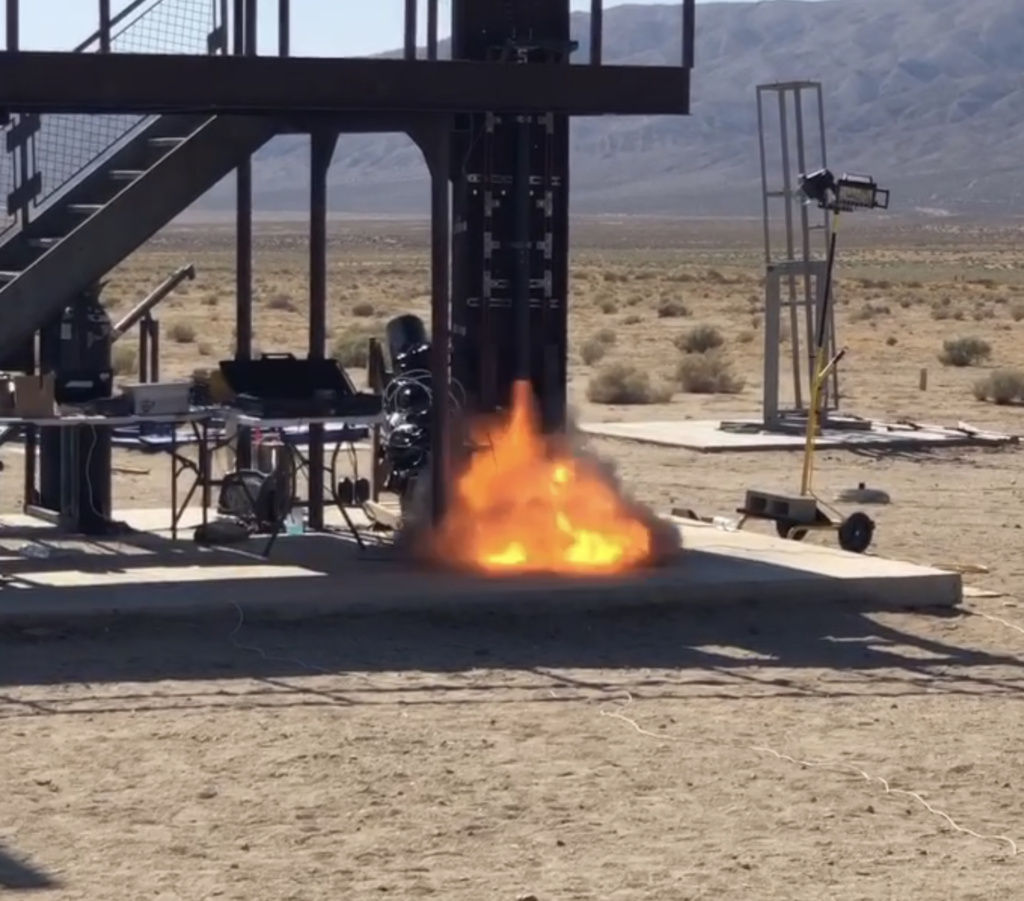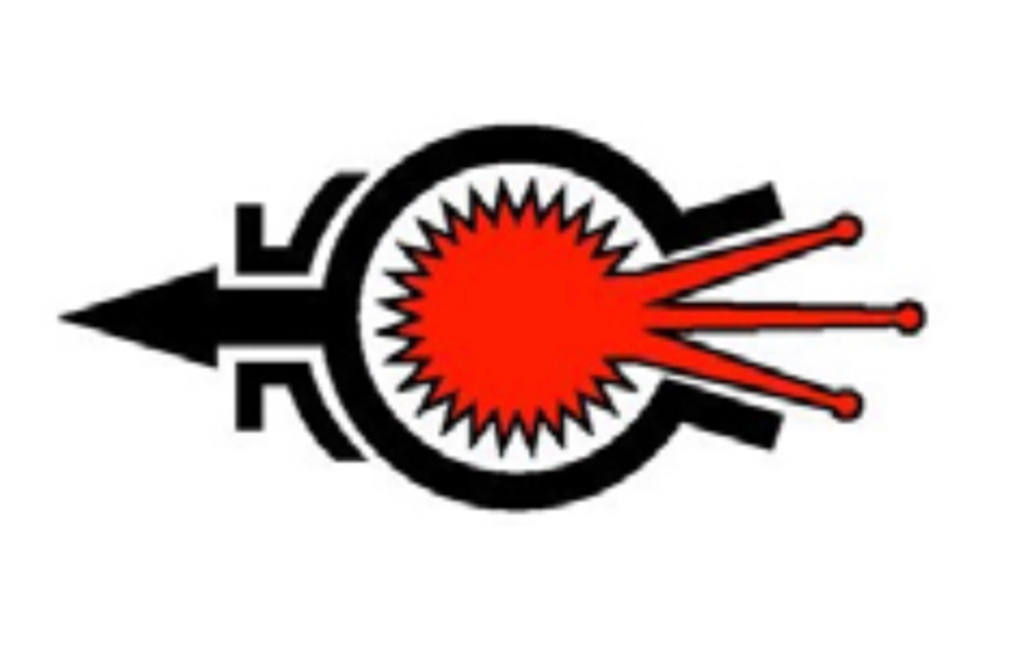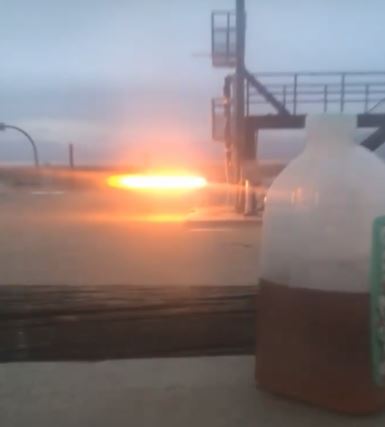by Keith Yoerg (RRS Secretary)
The latest meeting of the Reaction Research Society took place last Friday, June 11th and had 19 attendees – including a guest presentation from the Clarkson University Rocket Club. We kicked off the meeting saying vitrual hello’s and catching up on personal updates – Dimitri is safely in beautiful Alaska but will be down to visit California and may attend an MTA event if one is hosted.

RECENT & UPCOMING MTA EVENTS
The group kicked off society business with Dave Nordling telling us about the highlights from recent events at the MTA – including liquid and hybrid rockets from the UCLA rocket teams. More details are available in the post from Dave here.
Dave also re-iterated his desire that the Reaction Research Society host at least 1 event at the MTA every month, and asked whether other members were interested in attending an event on Saturday, June 19. A few members expressed interest – and Osvaldo agreed to prepare a few Alpha rockets for Dave to possibly launch. The weather is forecast to be 111 deg Farenheit in the desert this weekend, so anyone attending will need to bring lots of water, sun protection, and other preparations to beat the heat!
GUEST PRESENTATION – CLARKSON UNIVERSITY ROCKET CLUB
David Nagy, Benjamin Ellis, and Tyler Brooks from the Clarkson University Rocket Club were our guest presenters for this month. The club is brand-new (it became active this year!) and these students are working to turn it into a fixture at the university in northern New York state. They are currently in the process of soliciting faculty support, building a composites lab, and procuring equipment to get the club off the ground

David, the president of the team, has some previous rocket experience with both high power and liquid rockets – including a 9.5 kN pintle injector rocket engine. The team is currently building their own fiberglass, high power rocket from scratch which they plan to fly on a commercial, CTI 75mm solid rocket rocket motor. This scratch build is not only helping them build out their workspace to do filament winding and carbon fiber layups – they also intend to fly a 3D printed avionics bay with an avionics board designed from scratch. They hope to use the lessons learned from this project to inform work on future, more complicated projects.

The Clarkson University team solicited advice and opinions on their plans for a liquid bi-propellant LOX/Ethanol rocket. The design is currently in its early stages but the specifications are to have 500 lbf thrust, with a fuel-centered pintle injector. They predict that with a 15-second burn time they could build a rocket that would reach an apogee of 35,000 ft. Several RRS members gave their opinions on this design and other challenges involved with starting a fledgling club from scratch. I know many of the members are excited to see what these students will do!
WIRELESS LAUNCH CONTROLLERS
We decided to do a short recap of our recent discussions and presentations from vendors of wireless launch controllers. Dimitri offered to let us use his Cobra system when he returns to California in July, and there was talk of attempting to launch 16 low-power kits at the same time to further test/prove the efficacy and safety of the controllers. RRS members seemed generally impressed with the presentation from Cobra last month, but concern was raised that it’s not a necessary expense. There was a bit of a debate about whether laying and coiling several hundred feet of igniter wire is triple-digit changes the calculation, but Osvaldo has graciously offered to be the cable spooler for any project that requests it.
MTA PERMANENT BATHROOM STATUS UPDATE
The Executive Council updated the membership on progress with the permanent bathroom. After a meeting in Downey earlier this month, it was agreed that RRS member Wilbur would build the container in the LA area and then transport it out to concrete pads which will need to be built at the MTA site (along with a septic solution). The first step of this process has been completed – and the RRS has placed a down payment on a 20 foot “high-cube” shipping container to be used for the bathroom. A schematic of the container is shown below.

The current plan is still to build 2 of these 20-foot containers. Water will be supplied by a well and stored in a tank installed on top of the bathroom or a nearby storage container. The bathroom facility is planned to be located southeast of the Dosa building, alongside the existing storage containers.
NEXT MONTHLY MEETING
The next RRS monthly meeting will be held virtually on Friday, July 9th at 7:30 pm pacific time. Current members will receive an invite via e-mail the week of the meeting. Non-members (or members who have not received recent invites) can request an invitation by sending an email to:
secretary@rrs.org
istanbul escort









































